Home>Gardening & Outdoor>Outdoor Recreation & Activities>How To Clean Black Residue Off A Trampoline
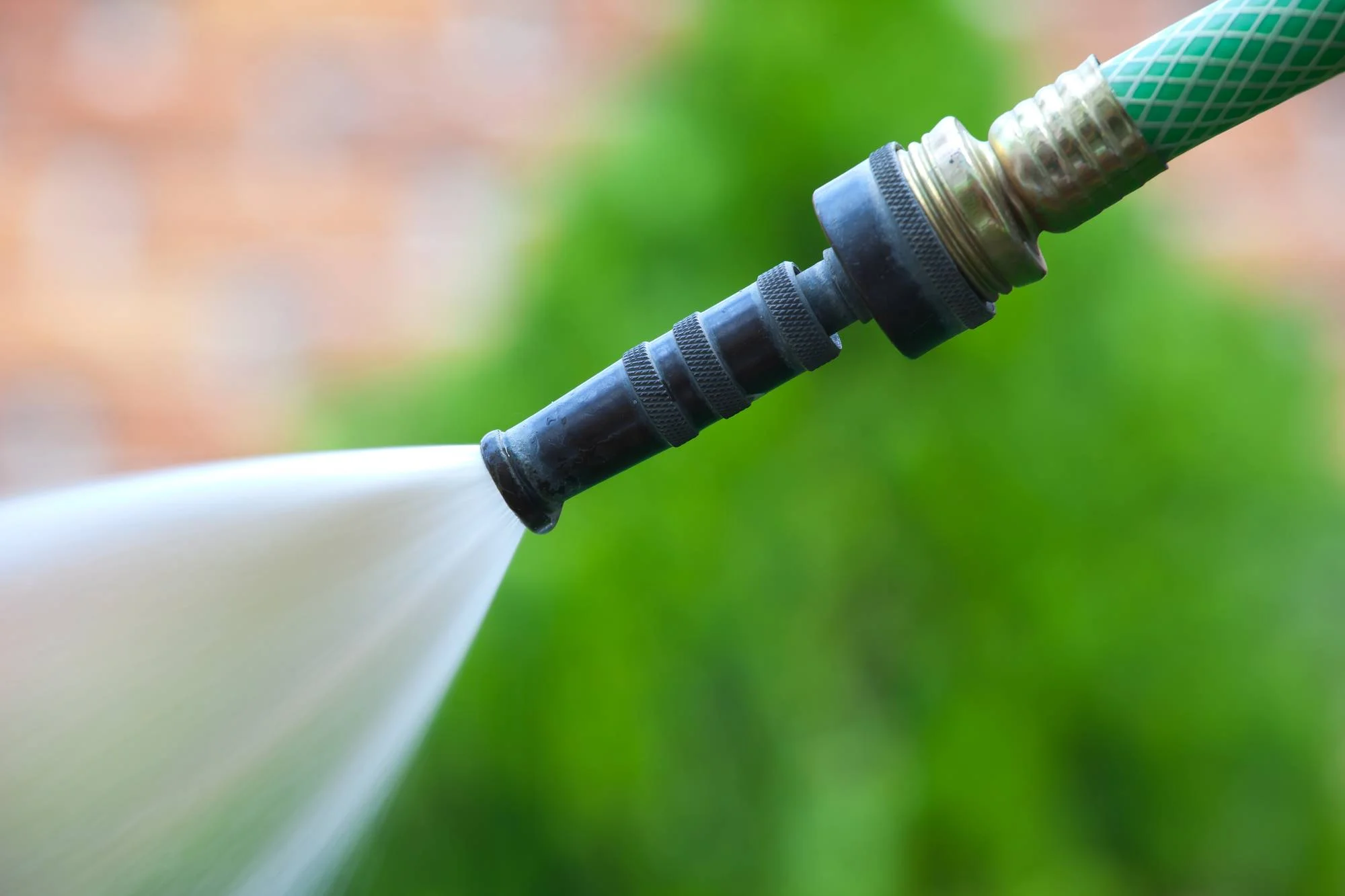

Outdoor Recreation & Activities
How To Clean Black Residue Off A Trampoline
Modified: October 21, 2024
Learn effective methods for removing black residue from your trampoline and keep it in top condition for outdoor recreation and activities. Safely clean and maintain your trampoline for long-lasting enjoyment.
(Many of the links in this article redirect to a specific reviewed product. Your purchase of these products through affiliate links helps to generate commission for Storables.com, at no extra cost. Learn more)
Introduction
Trampolines are a source of endless fun and excitement for both children and adults. However, over time, they can accumulate unsightly black residue, which not only detracts from their appearance but also poses a hygiene concern. This article will guide you through the process of effectively removing this black residue from your trampoline, restoring its cleanliness and appeal.
Whether the black residue is due to environmental factors such as mold, mildew, or dirt, or simply the accumulation of debris over time, it's essential to address this issue promptly to ensure the longevity and safety of your trampoline. By following the steps outlined in this guide, you can rejuvenate your trampoline and create a safer, more enjoyable bouncing experience for all.
Let's dive into the materials you'll need to get started on this revitalizing journey for your trampoline.
Key Takeaways:
- Keep your trampoline clean by using a mild soap and water solution to remove black residue. Regular maintenance ensures a safe and enjoyable bouncing experience for everyone.
- Remember to remove the netting, brush off debris, and thoroughly rinse and dry your trampoline. This will help maintain its appearance and longevity for years to come.
Read more: How To Clean Black Streaks Off Gutters
Materials Needed
Before embarking on the task of cleaning the black residue off your trampoline, it’s essential to gather the necessary materials. Ensuring that you have the right tools at hand will streamline the cleaning process and help you achieve optimal results.
- Broom or Brush: A sturdy broom or brush will be invaluable for removing loose debris and dirt from the surface of the trampoline.
- Mild Soap: Opt for a gentle, environmentally friendly soap that is safe for use on outdoor equipment. Avoid harsh chemicals that may damage the trampoline material.
- Bucket: A large bucket will be needed for preparing the cleaning solution and rinsing the trampoline.
- Soft Cloth or Sponge: Select a soft, non-abrasive cloth or sponge for applying the cleaning solution to the trampoline surface.
- Hose: Access to a water source, preferably a garden hose, is essential for rinsing the trampoline thoroughly after cleaning.
- Towel or Air Dryer: Have a clean, absorbent towel on hand for drying the trampoline surface after rinsing. Alternatively, an air dryer can be used to expedite the drying process.
- Optional: Trampoline Cleaner: If you prefer, you can use a specialized trampoline cleaner designed to effectively remove dirt, grime, and residue without causing damage to the trampoline material.
By ensuring that you have these materials readily available, you can approach the cleaning process with confidence, knowing that you are well-equipped to restore your trampoline to its former glory.
With the materials in hand, it’s time to proceed to the first step of the cleaning process: removing the netting from the trampoline.
Step 1: Remove the Netting
Before commencing the cleaning process, it’s important to remove the netting or safety enclosure from the trampoline. This step is crucial for ensuring thorough access to the trampoline surface and preventing any damage to the netting during the cleaning process.
Begin by locating the zippers or entrance points of the netting enclosure. Carefully unzip or unhook the closures, ensuring that the netting is free from the trampoline frame. If the netting is secured with ties or fastenings, carefully untie or unfasten them to release the netting from the trampoline structure.
Once the netting is detached, carefully fold or roll it up and set it aside in a safe, dry location. This will prevent the netting from interfering with the cleaning process and protect it from any potential damage or moisture exposure.
With the netting safely removed, you are now ready to proceed to the next step: brushing off any loose debris from the trampoline surface.
Step 2: Brushing Off Loose Debris
With the netting safely removed, the next crucial step in the trampoline cleaning process is to thoroughly brush off any loose debris and dirt from the trampoline surface. This preparatory step is essential for ensuring that the cleaning solution can effectively target the black residue without interference from loose particles.
Using a sturdy broom or brush, gently but thoroughly sweep the entire surface of the trampoline. Pay close attention to areas where debris may have accumulated, such as along the edges and in the seams of the trampoline mat. By methodically brushing off the loose debris, you will create a clean and receptive surface for the subsequent cleaning steps.
It’s important to approach this step with care, especially if the debris includes finer particles that may become airborne during brushing. Consider wearing a dust mask or covering your nose and mouth with a cloth to avoid inhaling any airborne particles.
Once you have diligently cleared the trampoline surface of loose debris, you are ready to proceed to the next step: cleaning the trampoline with a gentle soap and water solution.
Now that the trampoline surface is free of loose debris, it’s time to move on to the crucial step of cleaning the trampoline with a mild soap and water solution. This step will effectively target the black residue and restore the trampoline to its pristine condition.
Mix a solution of equal parts water and white vinegar. Use a scrub brush to gently scrub the black residue off the trampoline surface. Rinse with water and allow to air dry.
Step 3: Cleaning with Soap and Water
Now that the trampoline surface is free of loose debris, it’s time to move on to the crucial step of cleaning the trampoline with a mild soap and water solution. This step will effectively target the black residue and restore the trampoline to its pristine condition.
Fill a large bucket with warm water and add a small amount of mild soap. Ensure that the soap is thoroughly mixed into the water to create a gentle cleaning solution. It’s important to use a mild soap to avoid damaging the trampoline material and to minimize the impact on the surrounding environment.
Dip a soft cloth or sponge into the soapy water solution and gently begin to wash the entire surface of the trampoline. Pay special attention to areas where the black residue is most noticeable, and ensure that the entire surface receives a thorough cleaning. Take care to avoid excessive scrubbing, as this may cause unnecessary wear and tear on the trampoline material.
As you work through the cleaning process, periodically rinse the cloth or sponge in the soapy water to prevent the buildup of residue and dirt on the cleaning implement. This will help maintain the effectiveness of the cleaning solution and ensure consistent results across the entire trampoline surface.
It’s important to approach this step with patience and attention to detail, as thorough cleaning will significantly contribute to the overall revitalization of your trampoline. Once the trampoline surface has been meticulously cleaned with the soap and water solution, it’s time to proceed to the next step: rinsing and drying the trampoline.
By diligently following this step, you will effectively target the black residue and rejuvenate your trampoline, preparing it for the final steps of the cleaning process.
Read more: Why Is There Black Residue On My Toilet Seat
Step 4: Rinsing and Drying
After the trampoline has been thoroughly cleaned with the soap and water solution, the next vital step is to rinse the entire surface to remove any residual soap and loosened residue. This step will ensure that the trampoline is left clean, refreshed, and free from any soapy residue that may affect its appearance or texture.
Using a garden hose or another water source, thoroughly rinse the entire surface of the trampoline. Start from the center and work your way outwards, ensuring that all traces of the soap and loosened residue are effectively washed away. Pay particular attention to seams and crevices where residue may accumulate.
As you rinse the trampoline, be mindful of the water pressure to avoid excessive force that may damage the trampoline material. A gentle, consistent flow of water is ideal for effectively rinsing the surface without causing unnecessary stress on the trampoline fabric.
Once the trampoline has been meticulously rinsed, it’s time to proceed to the crucial final step: drying the trampoline. Using a clean, absorbent towel, carefully blot and wipe the surface of the trampoline to remove excess water. Alternatively, you can allow the trampoline to air dry naturally in a well-ventilated area.
It’s important to ensure that the trampoline is completely dry before reassembling it, as residual moisture can lead to the accumulation of new debris and potentially compromise the integrity of the trampoline material. By thoroughly drying the trampoline, you will complete the cleaning process and prepare it for the final step: reassembly.
With the trampoline now clean, refreshed, and thoroughly dried, it’s time to move on to the concluding step: reassembling the trampoline to restore it to its fully functional and inviting state.
Step 5: Reassembling the Trampoline
With the trampoline now clean, refreshed, and thoroughly dried, it’s time to focus on reassembling the components to restore it to its fully functional and inviting state. Proper reassembly ensures that the trampoline is safe for use and maintains its structural integrity.
Begin by retrieving the netting or safety enclosure that was previously removed. Carefully unfold or unroll the netting and position it around the trampoline frame. Reattach the zippers, hooks, or ties to secure the netting in place, ensuring a snug and even fit around the trampoline.
As you reassemble the netting, inspect it for any signs of wear, damage, or accumulated debris. If necessary, gently brush off any loose debris or dirt from the netting to ensure that it is clean and safe for use. Additionally, check the integrity of the zippers, hooks, or ties to guarantee that the netting is securely fastened to the trampoline frame.
Once the netting is securely reattached, take a moment to inspect the trampoline frame and springs for any signs of wear, damage, or corrosion. Address any issues promptly to maintain the safety and functionality of the trampoline.
Finally, conduct a visual inspection of the entire trampoline to ensure that all components are properly reassembled and that the trampoline is clean, dry, and ready for use. This comprehensive assessment will provide peace of mind and ensure that the trampoline is in optimal condition for safe and enjoyable bouncing experiences.
With the trampoline fully reassembled and restored to its inviting state, you have successfully completed the comprehensive process of removing the black residue and rejuvenating your trampoline. By following these steps, you have not only revitalized the appearance of your trampoline but also contributed to its longevity and safety.
With the trampoline now clean, refreshed, and thoroughly dried, it’s time to move on to the concluding step: reassembling the trampoline to restore it to its fully functional and inviting state.
Conclusion
Congratulations on successfully restoring the cleanliness and appeal of your trampoline by removing the black residue that had accumulated over time. By following the step-by-step guide outlined in this article, you have not only revitalized the appearance of your trampoline but also contributed to its longevity, safety, and overall enjoyment.
It’s important to recognize that regular maintenance, including cleaning and inspection, is essential for preserving the condition and functionality of your trampoline. By addressing issues such as black residue promptly, you can ensure that your trampoline remains a safe and inviting space for fun and recreation.
As you reassemble the netting and inspect the trampoline components, take the opportunity to conduct a thorough assessment of the overall condition of your trampoline. Address any signs of wear, damage, or corrosion to maintain its safety and structural integrity.
Remember to store your trampoline properly when not in use, especially during inclement weather, to minimize exposure to environmental factors that may contribute to the accumulation of black residue and debris.
By taking proactive steps to care for your trampoline, you can extend its lifespan and continue to create joyful memories through outdoor bouncing and play. Additionally, involving your family and loved ones in the maintenance and cleaning process can foster a sense of shared responsibility and appreciation for this beloved recreational asset.
With your trampoline now restored to its inviting state, you are well-equipped to enjoy countless hours of safe and exhilarating bouncing experiences. Embrace the opportunity to create lasting moments of laughter, fun, and physical activity on your immaculately clean trampoline.
Thank you for prioritizing the care and maintenance of your trampoline. By investing time and effort in this process, you have not only enhanced its appearance but also reinforced its role as a cherished source of outdoor recreation and enjoyment.
Frequently Asked Questions about How To Clean Black Residue Off A Trampoline
Was this page helpful?
At Storables.com, we guarantee accurate and reliable information. Our content, validated by Expert Board Contributors, is crafted following stringent Editorial Policies. We're committed to providing you with well-researched, expert-backed insights for all your informational needs.
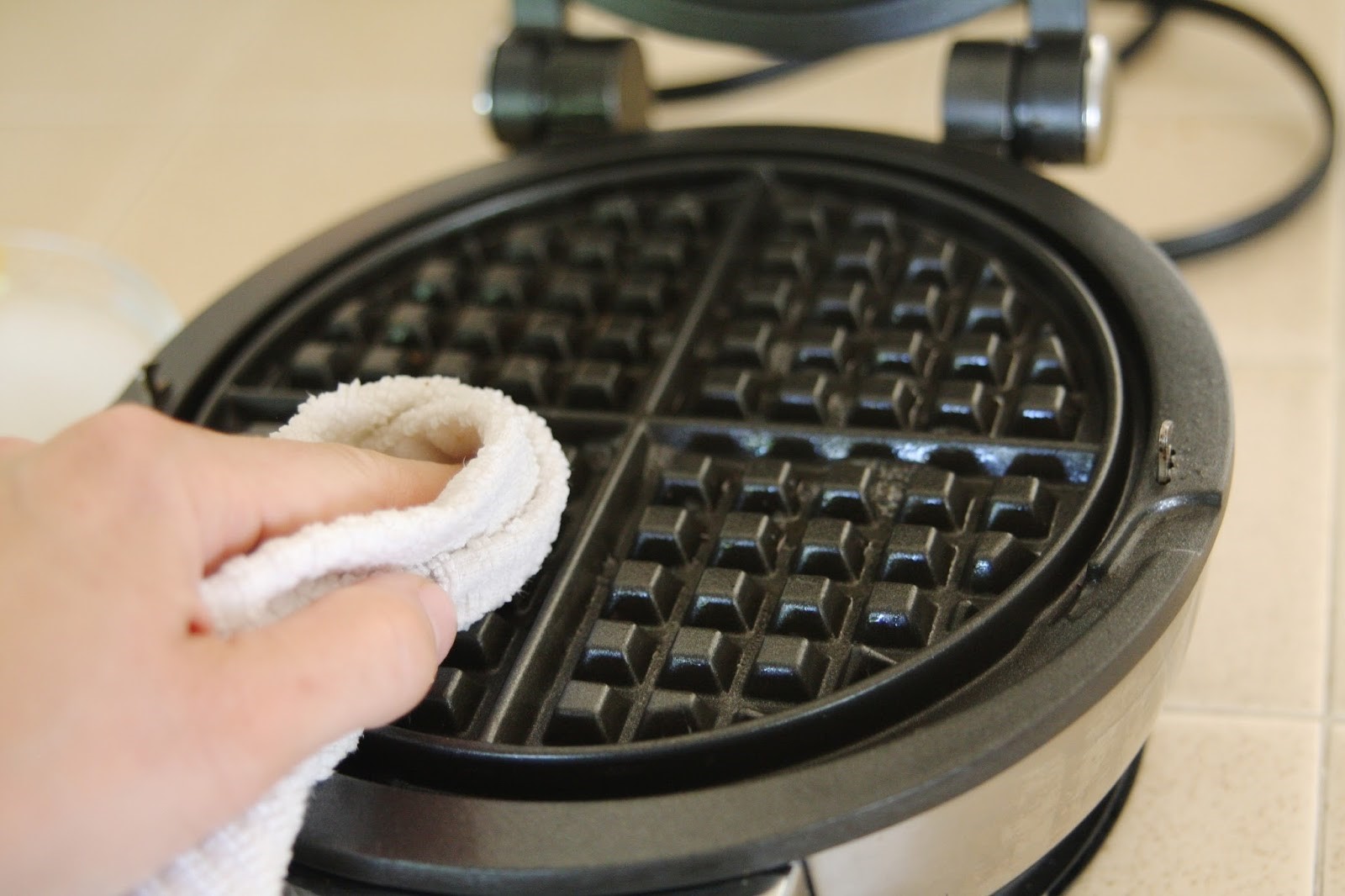
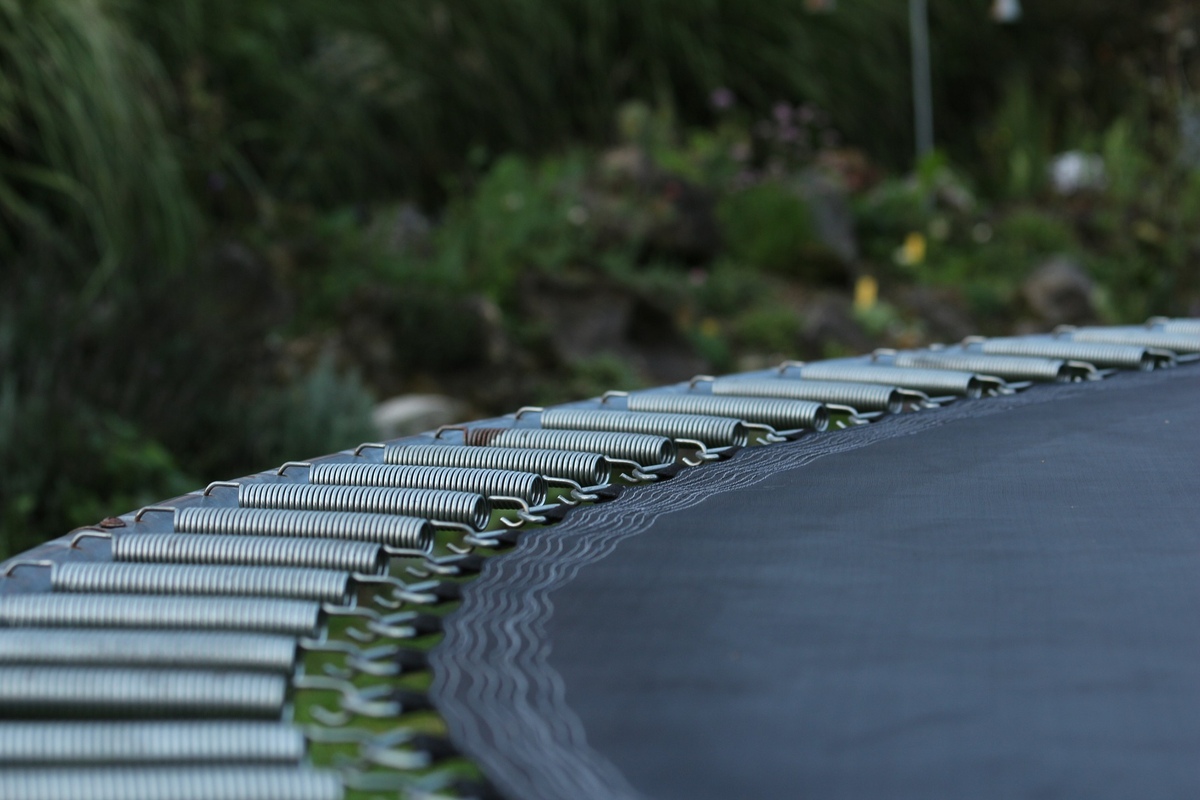
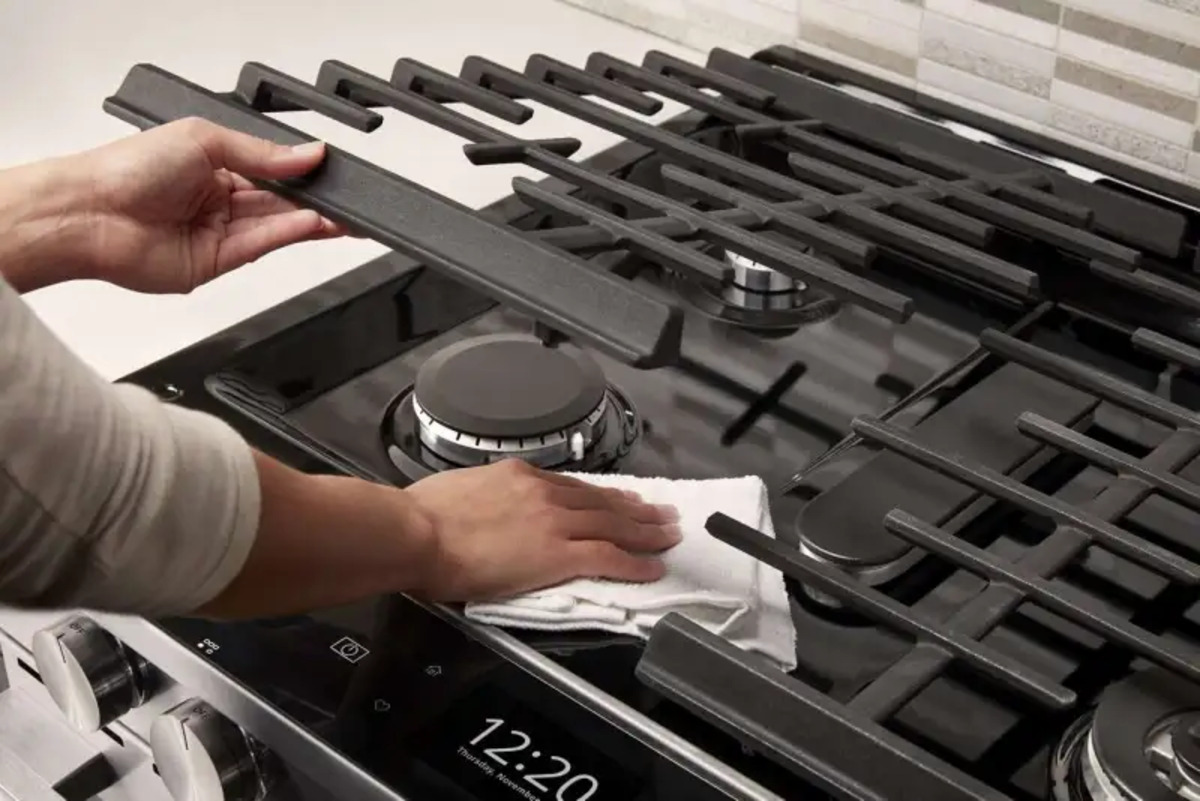
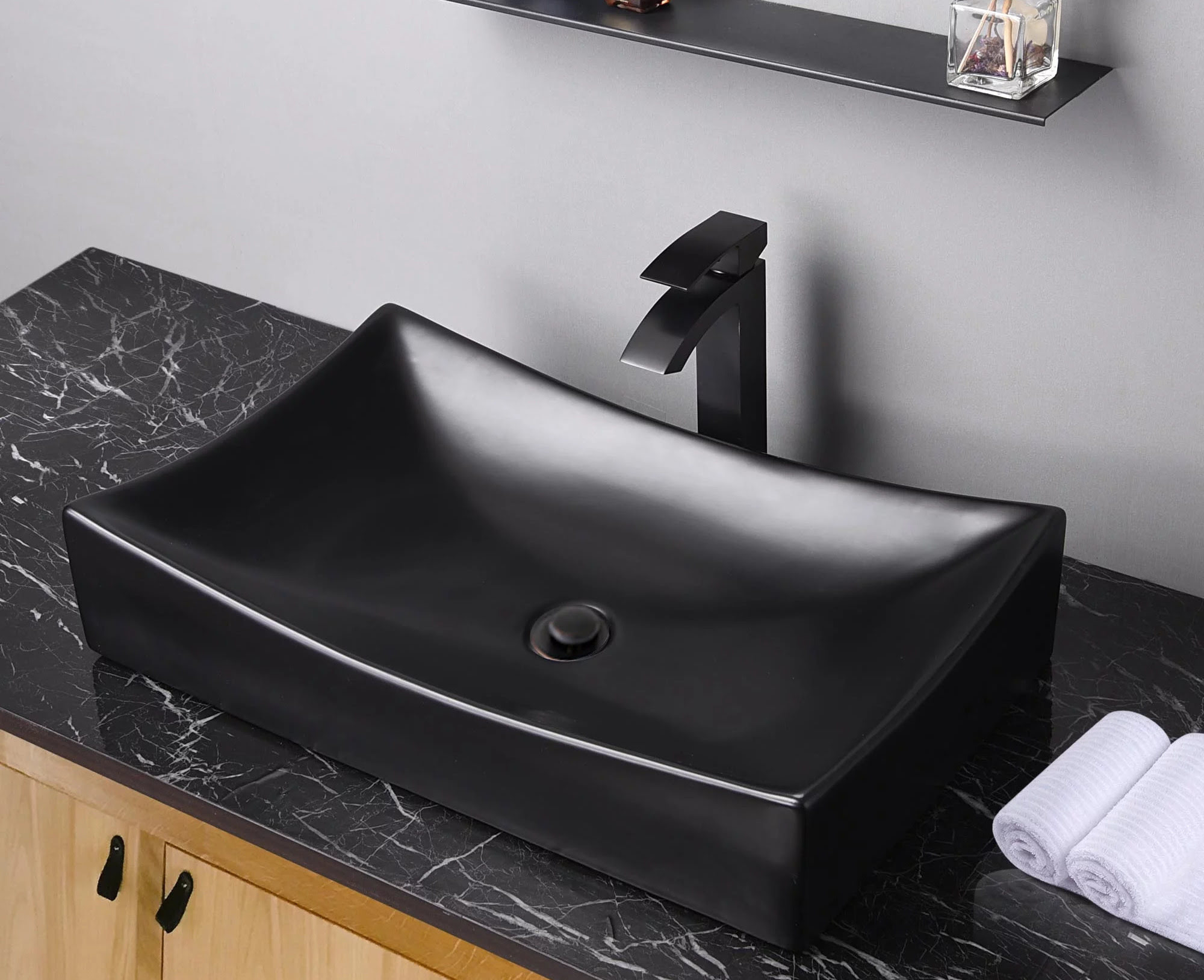
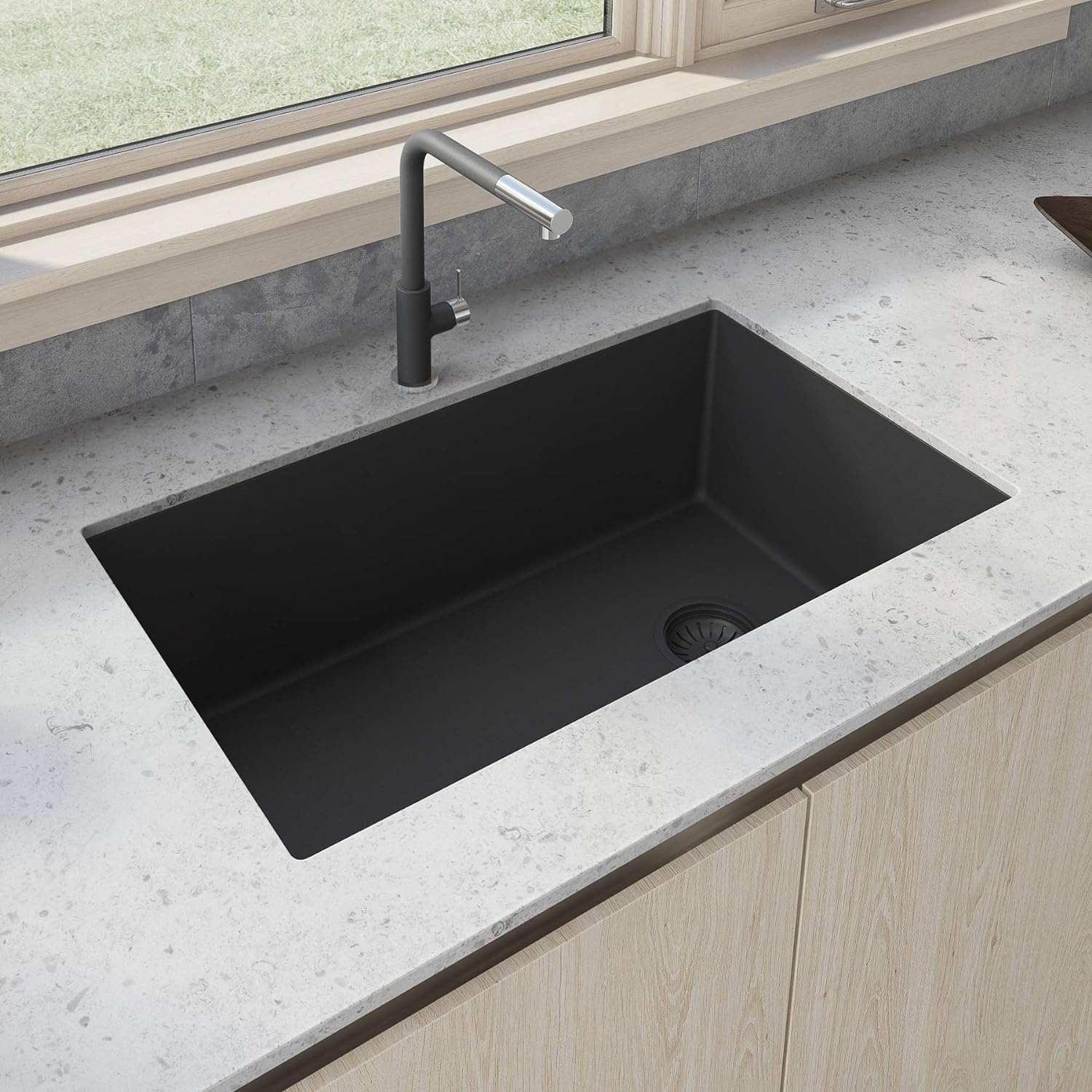

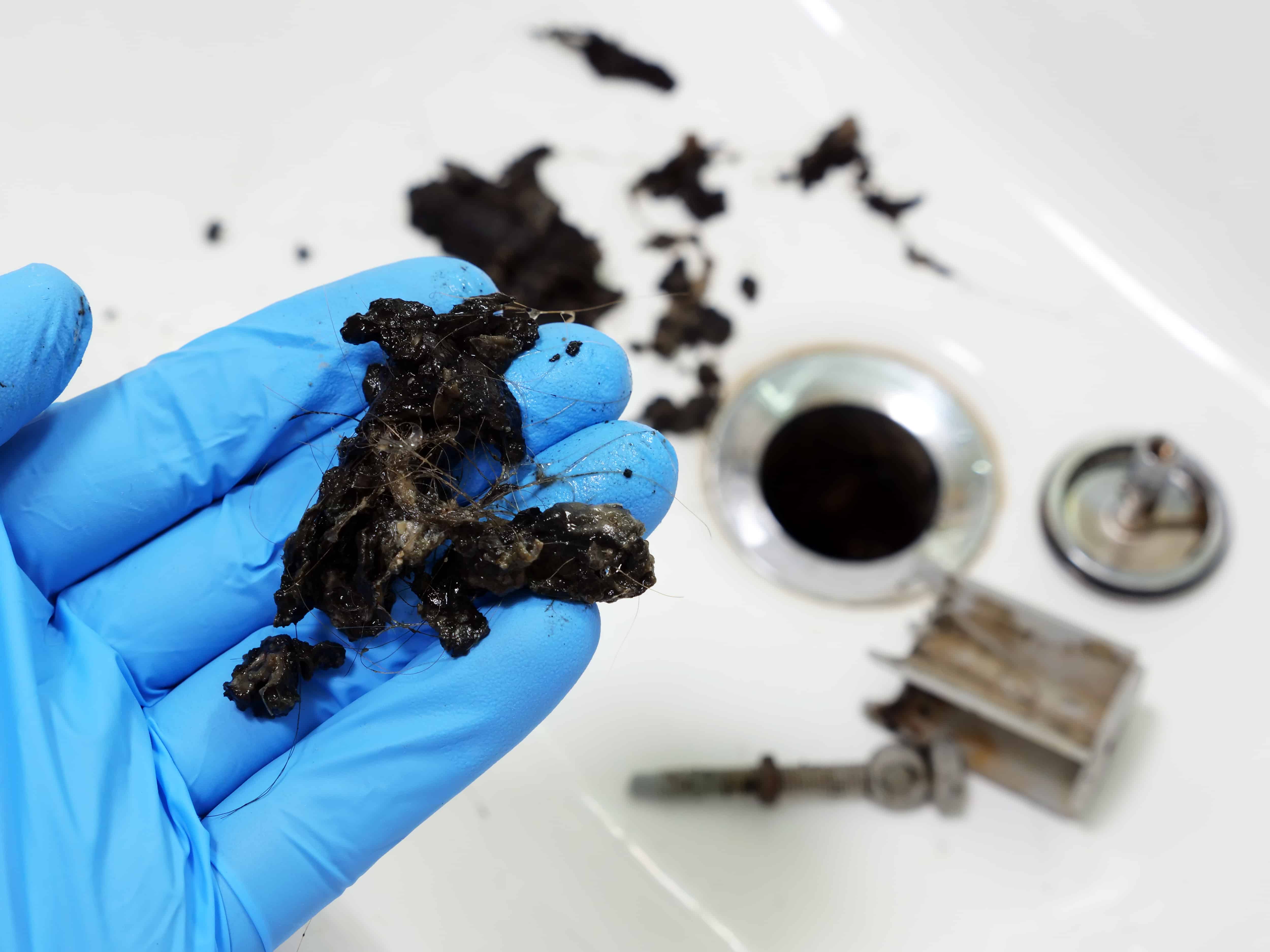
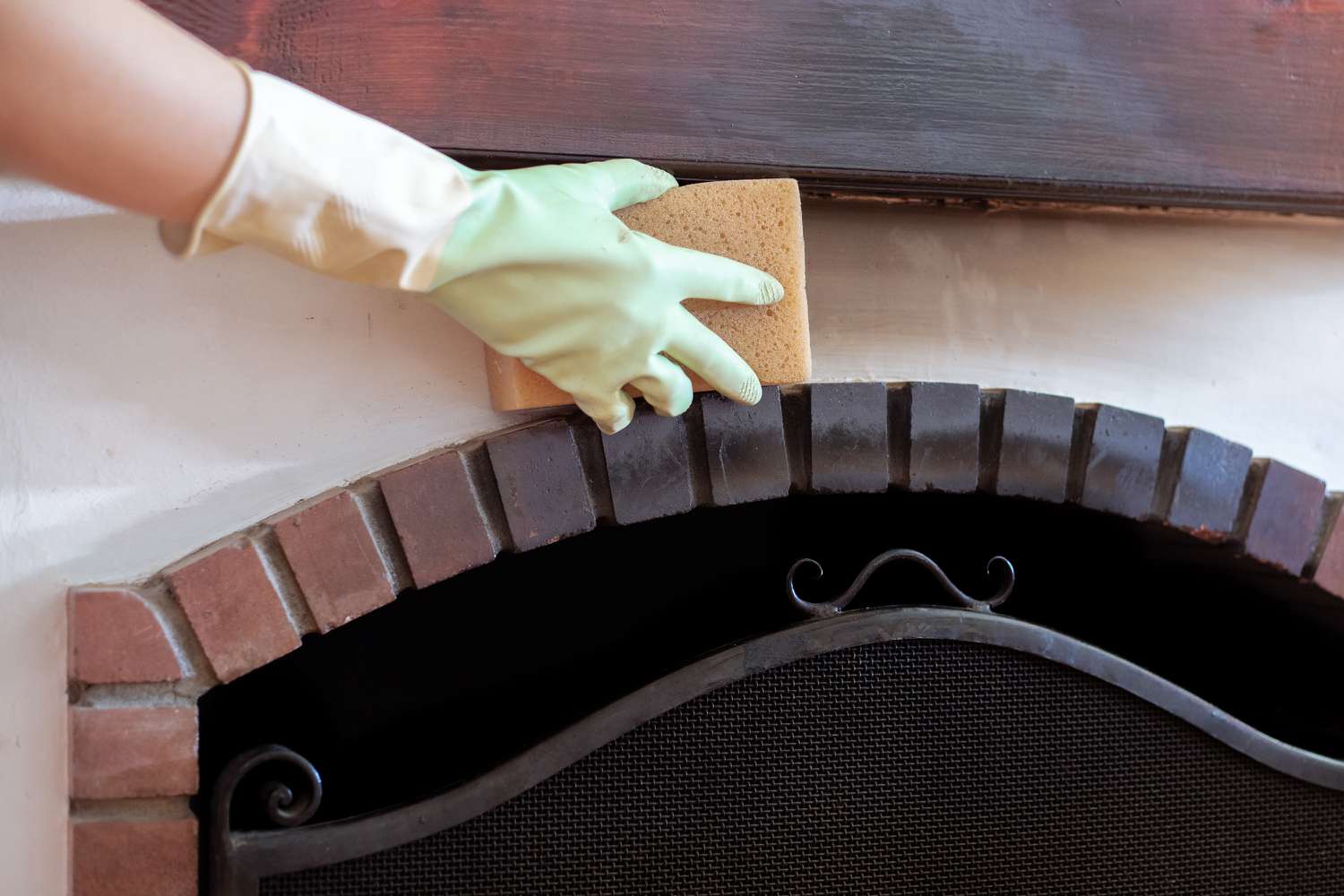
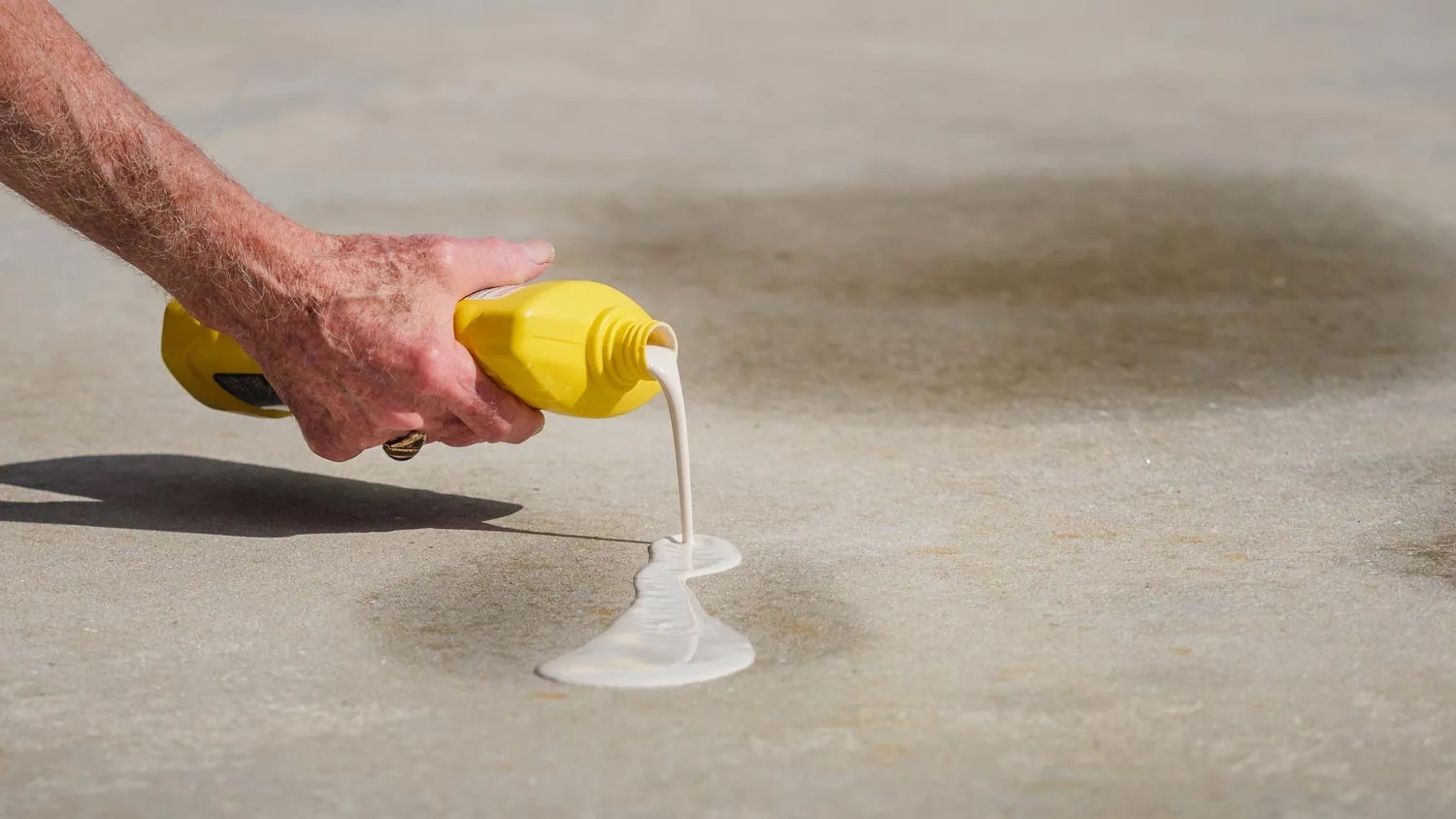
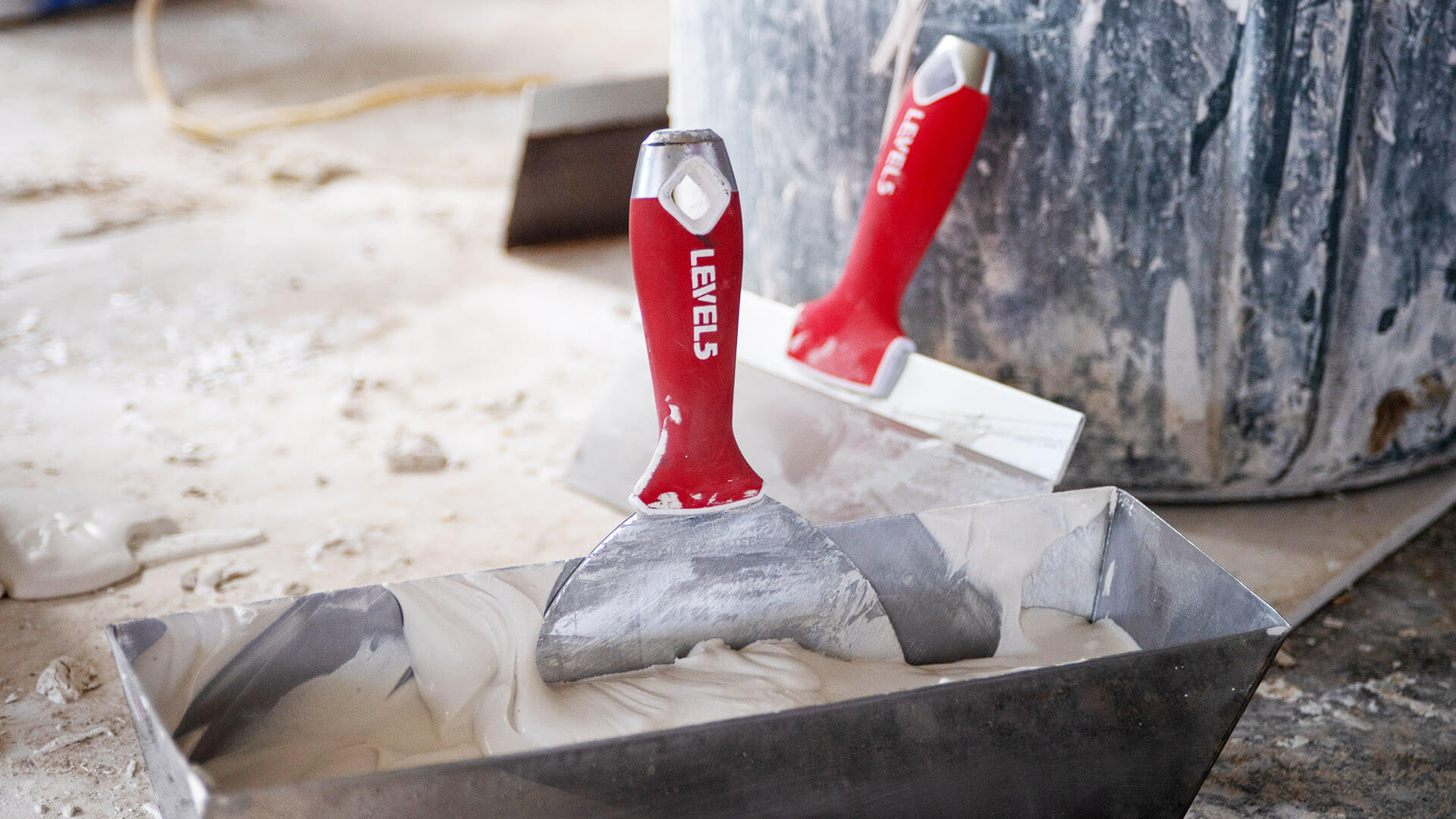
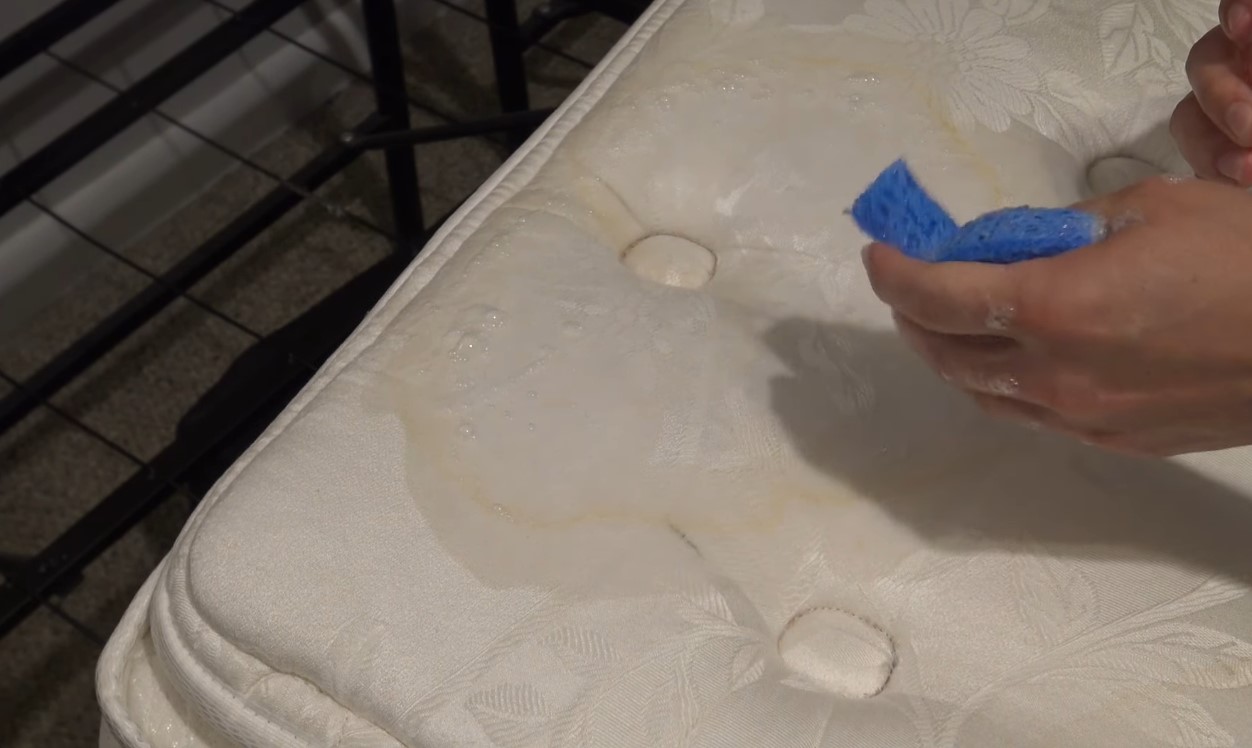
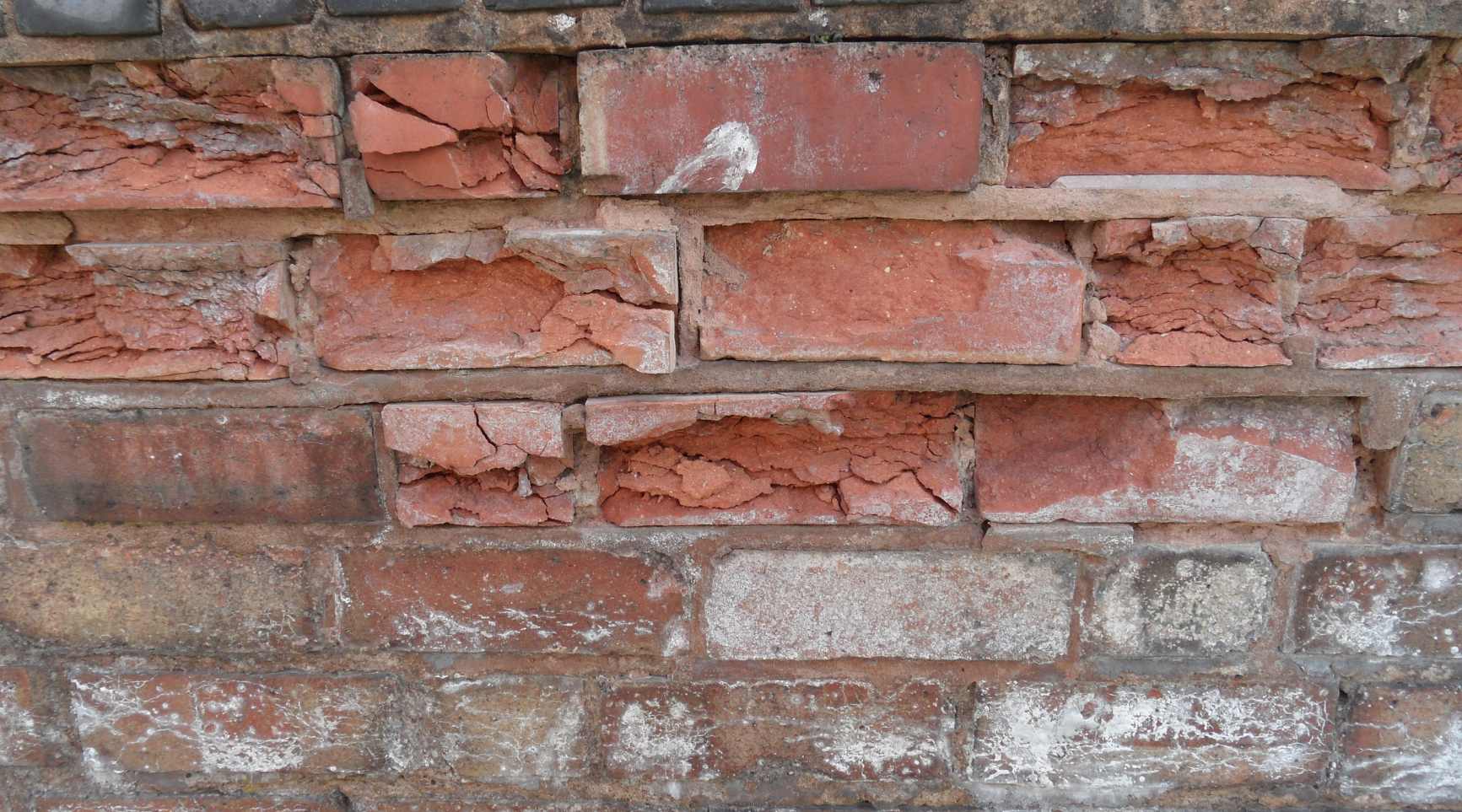
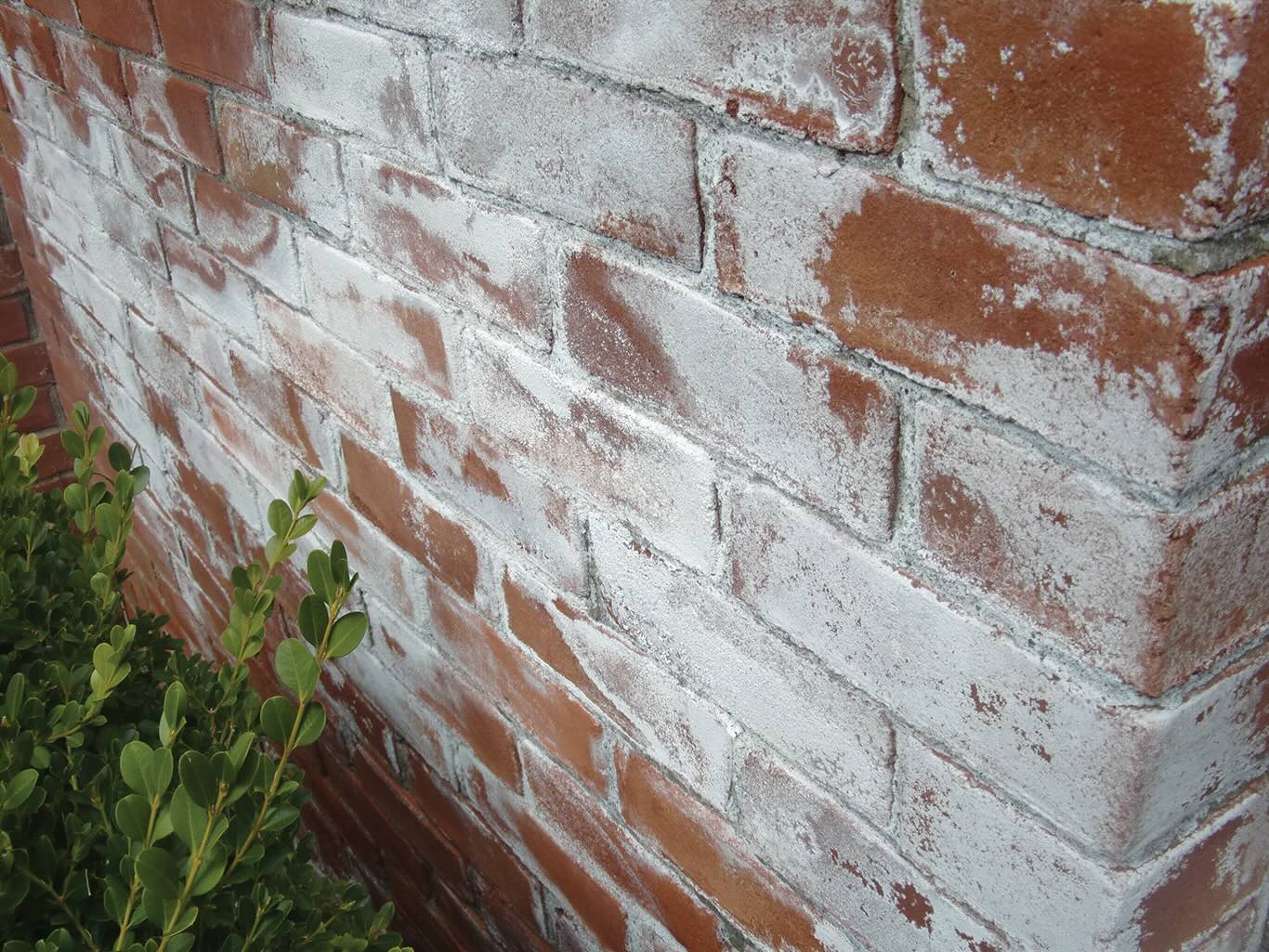
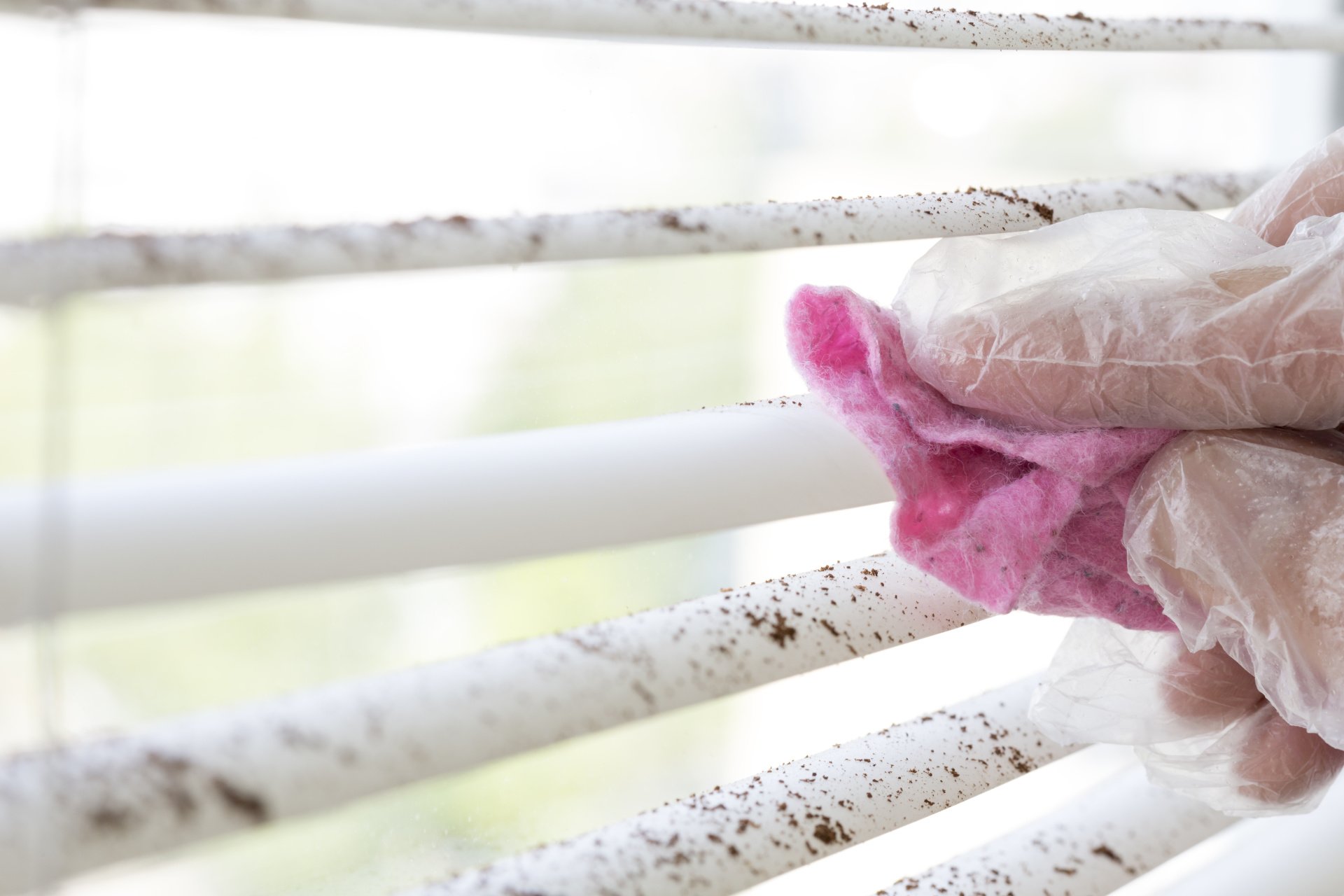

0 thoughts on “How To Clean Black Residue Off A Trampoline”